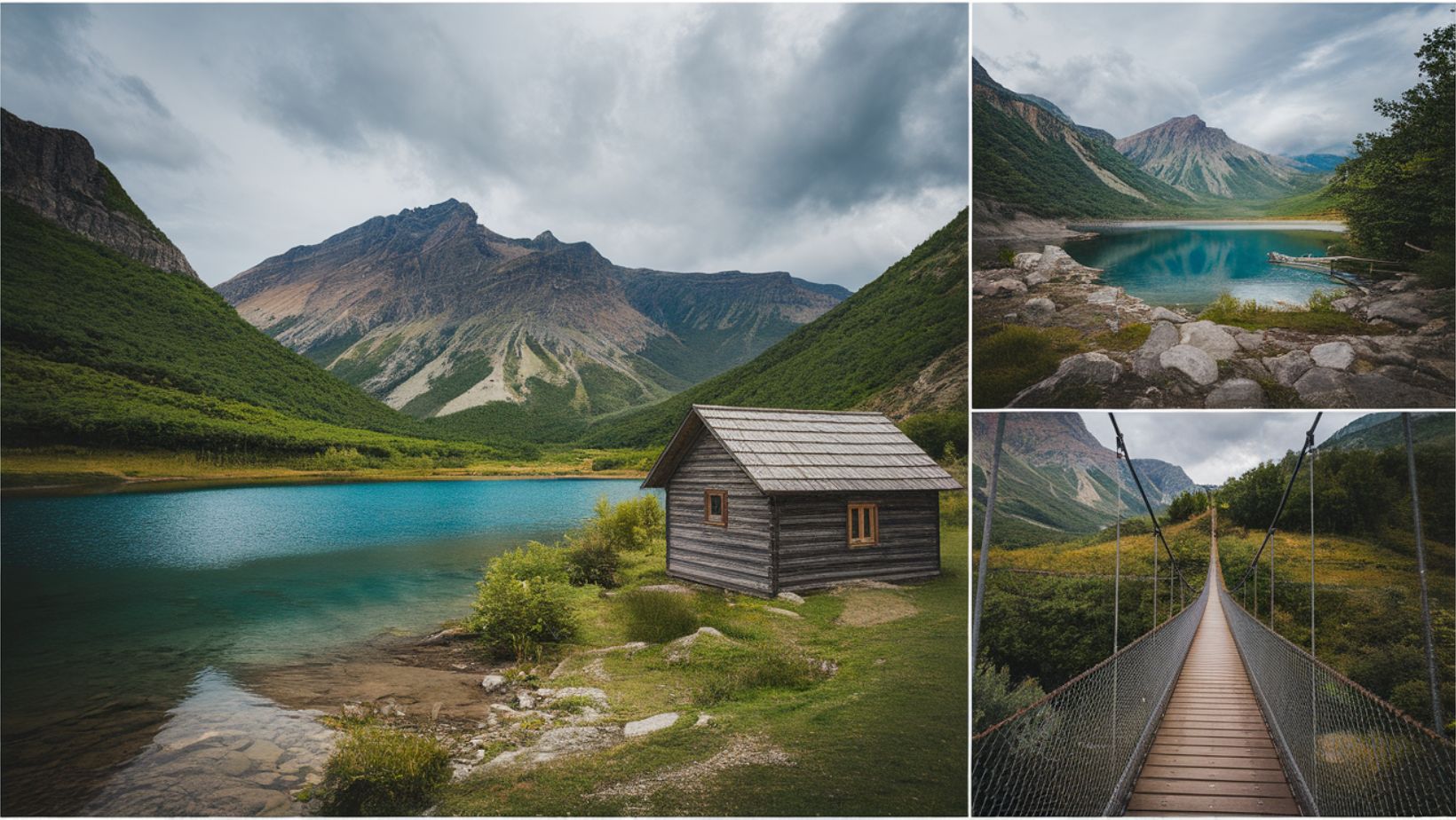Have you ever wondered what it feels like to live in a place where the modern world seems to fade away completely? What drives people to settle in locations so remote that they’re cut off from civilization for months at a time? In an era of hyperconnectivity and urban sprawl, there exist three remarkable villages that seem to defy the very notion of modern living. These hidden gems – tucked away in the Caucasus Mountains, perched above the Atlantic Ocean, and nestled high in the Himalayas – offer a glimpse into a world where nature still reigns supreme.
This Georgian Mountain Village Becomes A Winter Kingdom Accessible Only By Foot
Nestled in the heart of Georgia’s Caucasus Mountains, Juta stands as a testament to human resilience at 2,200 meters above sea level. During winter months, the only way to reach this remarkable settlement is by embarking on a challenging trek through snow-covered terrain. “The isolation becomes our strength,” says a local shepherd who has lived in Juta for over 40 years. The village, home to just 50 year-round residents, transforms into a pristine winter wonderland from November to March, where traditional stone houses peek through blankets of snow. Visitors who make the journey are rewarded with access to some of the most spectacular hiking trails in the Greater Caucasus, including the path to the iconic Chaukhi Pass, often called the “Georgian Dolomites.”
The Faroe Islands Village Where Waterfalls Plunge Directly Into The Ocean Creates The Most Dramatic Setting On Earth
Gásadalur might be home to just 18 resilient souls, but what it lacks in population, it makes up for in dramatic natural beauty. Perched on the edge of a cliff on Vágar island in the Faroe Islands, this tiny village remained one of the most isolated in the archipelago until 2004, when a tunnel was finally carved through the mountain. The village’s crown jewel is the stunning Múlafossur waterfall, which cascades 60 meters directly into the North Atlantic Ocean. The sight has become an iconic image of the Faroe Islands, drawing photographers and adventure seekers from around the world. The combination of rugged cliffs, emerald green fields, and traditional grass-roofed houses creates a landscape that seems more fiction than reality.
The Highest Settlement In Bhutan Preserves Ancient Traditions At 3800 Meters Above The Clouds
Laya defies conventional notions of human habitation, sitting at a breathtaking altitude of 3,800 meters in the northern reaches of Bhutan. The village, home to the indigenous Layap people, represents one of the most unique cultural preserves in the Himalayan kingdom. Women of Laya are distinguished by their conical bamboo hats and distinctive dress, maintaining traditions that have remained largely unchanged for centuries. The village serves as the gateway to some of Bhutan’s most sacred mountainous regions, including the start point for the legendary Snowman Trek, considered one of the most challenging and beautiful high-altitude walks in the world. Despite its extreme elevation, Laya has embraced limited modern amenities while steadfastly preserving its cultural heritage.
These Remote Villages Offer Adventures That Challenge The Modern Definition Of Travel
Each of these settlements provides unique experiences that can’t be replicated elsewhere. In Juta, visitors can participate in traditional cheese-making during summer months or embark on horse treks through valleys framed by towering peaks. Gásadalur offers world-class bird watching opportunities, with puffins and other seabirds nesting in nearby cliffs, while local fishing trips provide insight into traditional Faroese life. In Laya, travelers can witness the annual Royal Highlander Festival, where yak herders compete in traditional sports and showcase their cultural heritage against the backdrop of snow-capped peaks.
The Last Frontiers Of Traditional Living Face Modern World Challenges While Preserving Ancient Ways
Despite their isolation, these villages are not immune to change. Climate change affects the winter accessibility of Juta, while Gásadalur grapples with maintaining its population despite increased tourism interest. Laya balances preserving its unique culture while providing education and healthcare to its young population. Yet, each community has found ways to adapt without sacrificing their essential character. Solar panels now power ancient stone houses in Juta, while satellite internet in Laya allows young residents to connect with the world while maintaining their traditional way of life.
